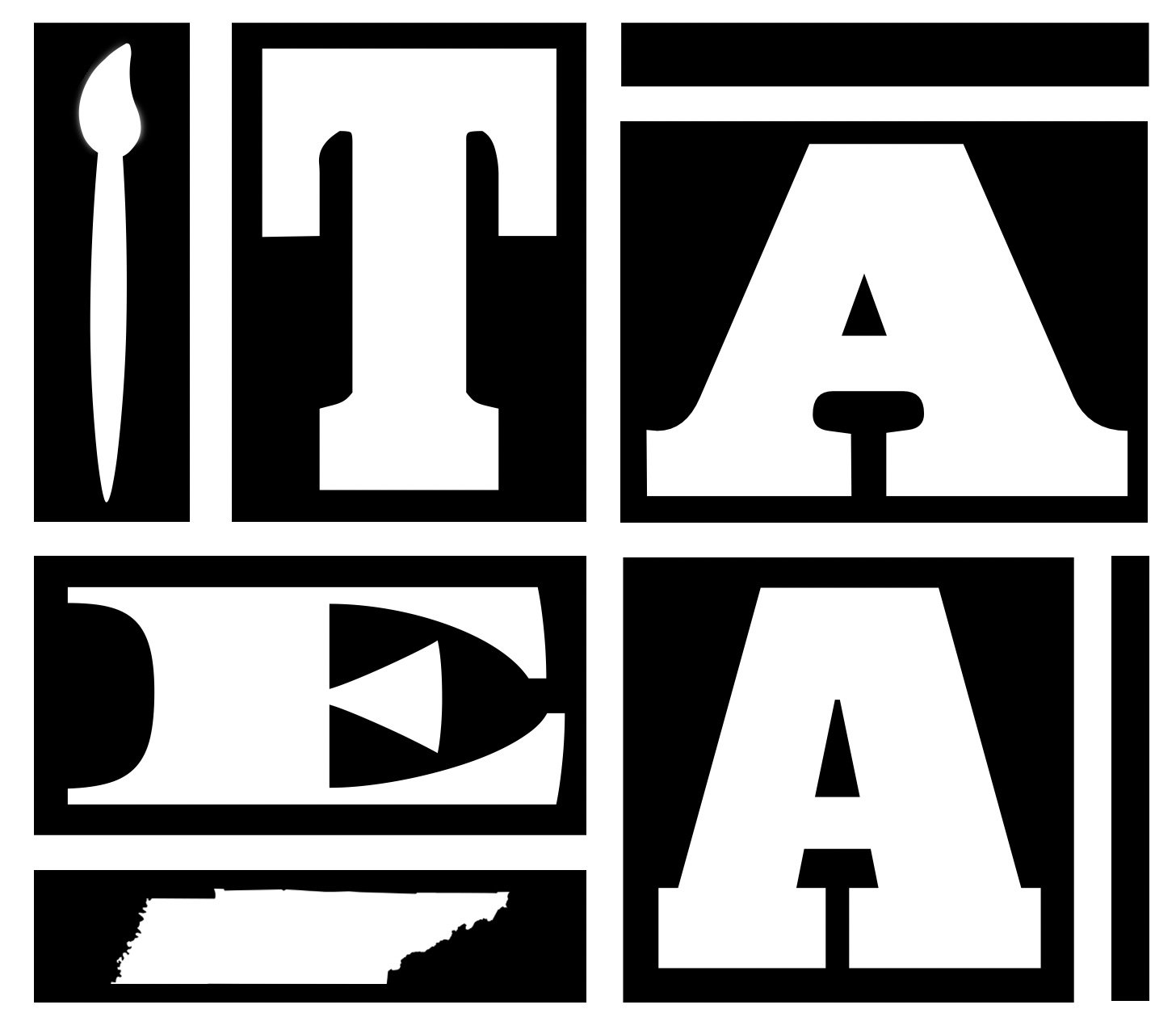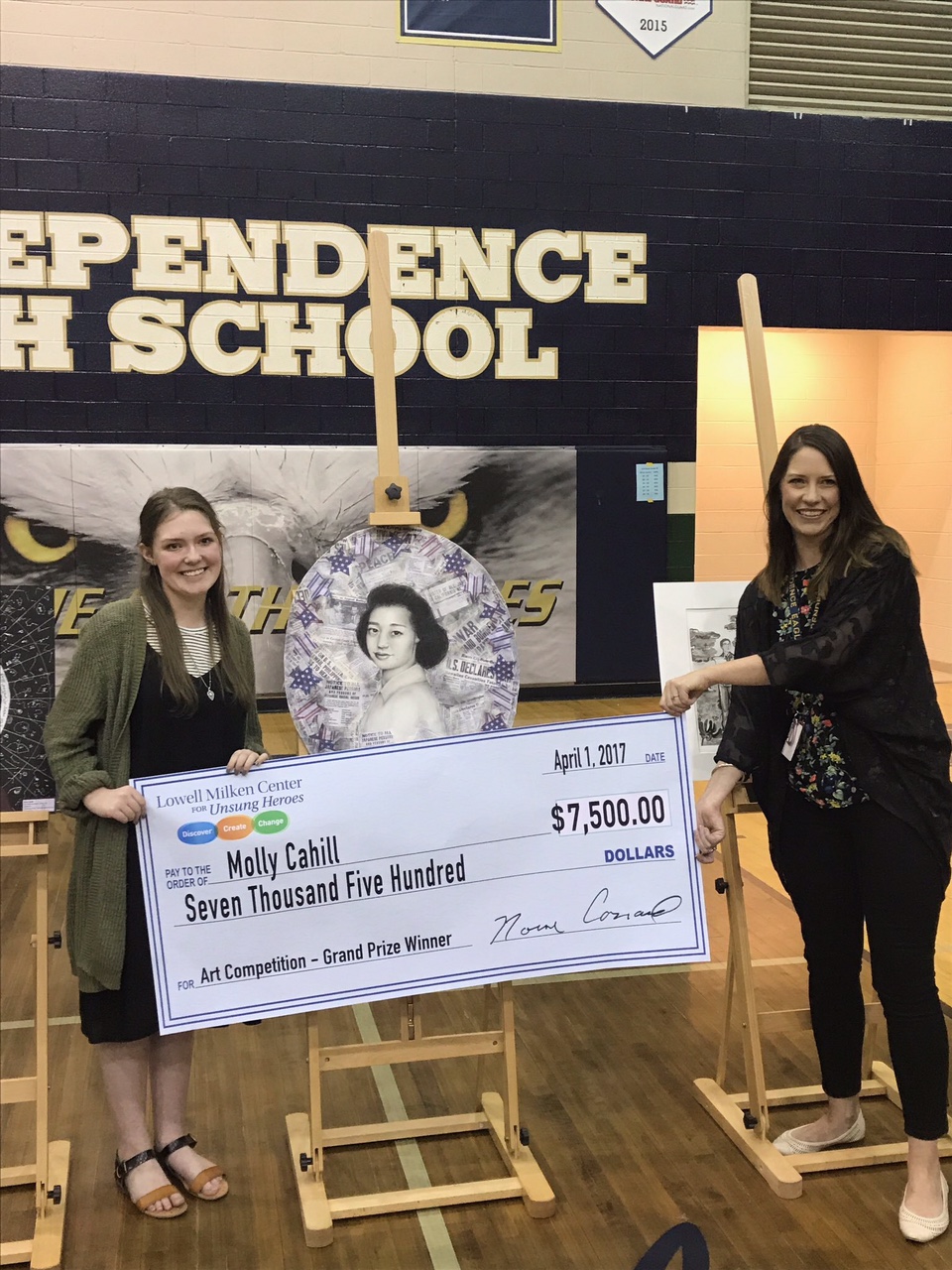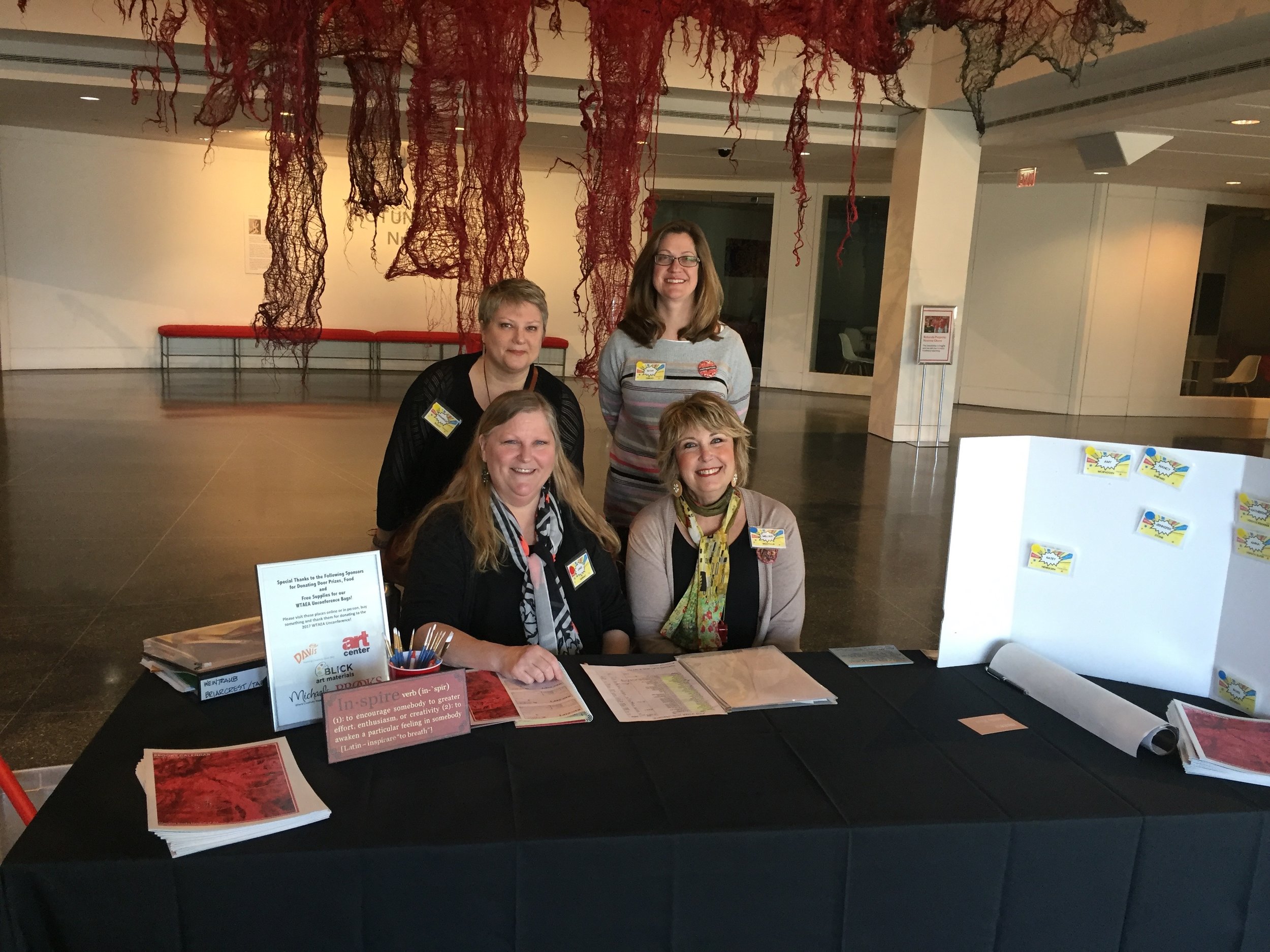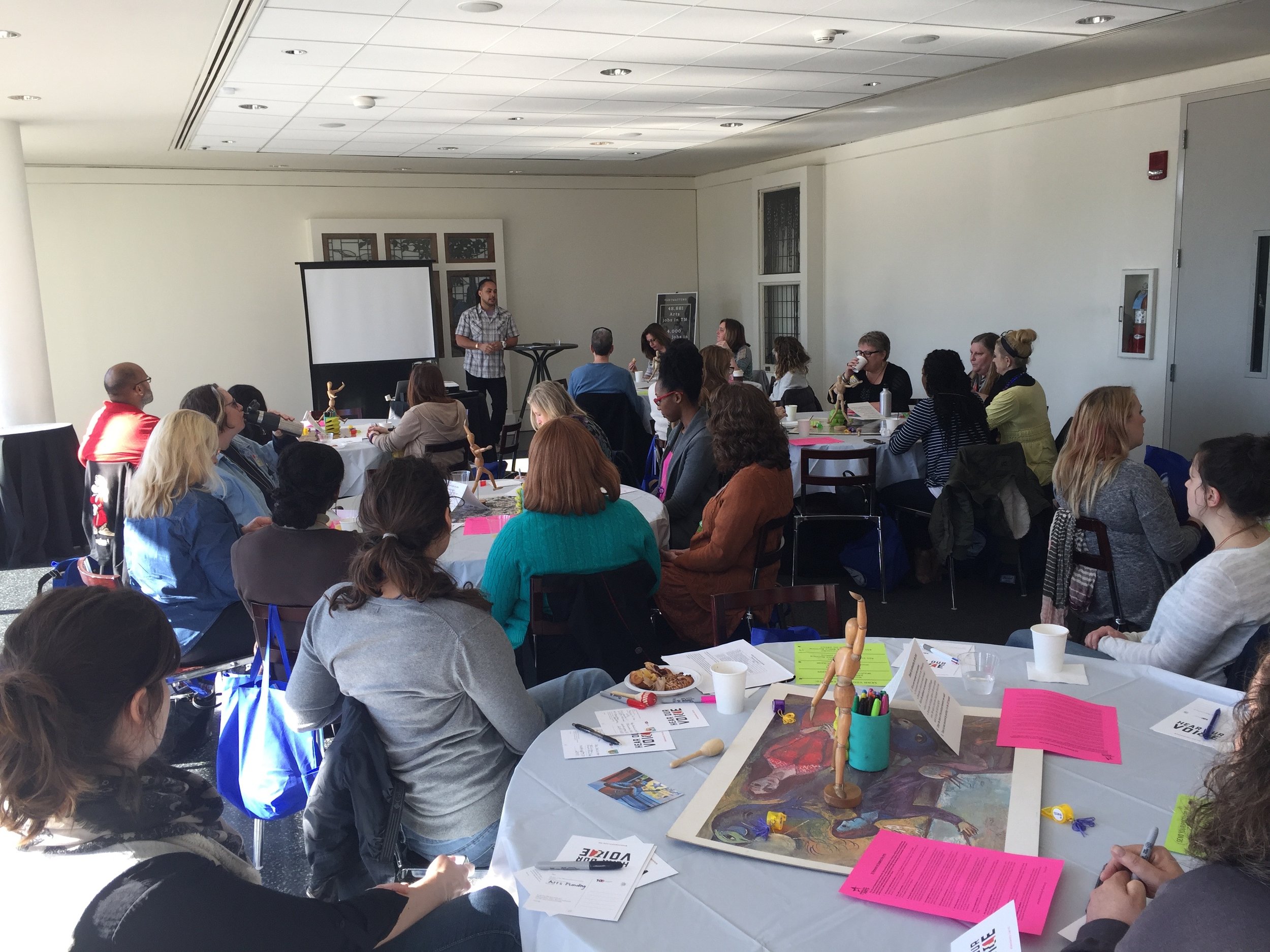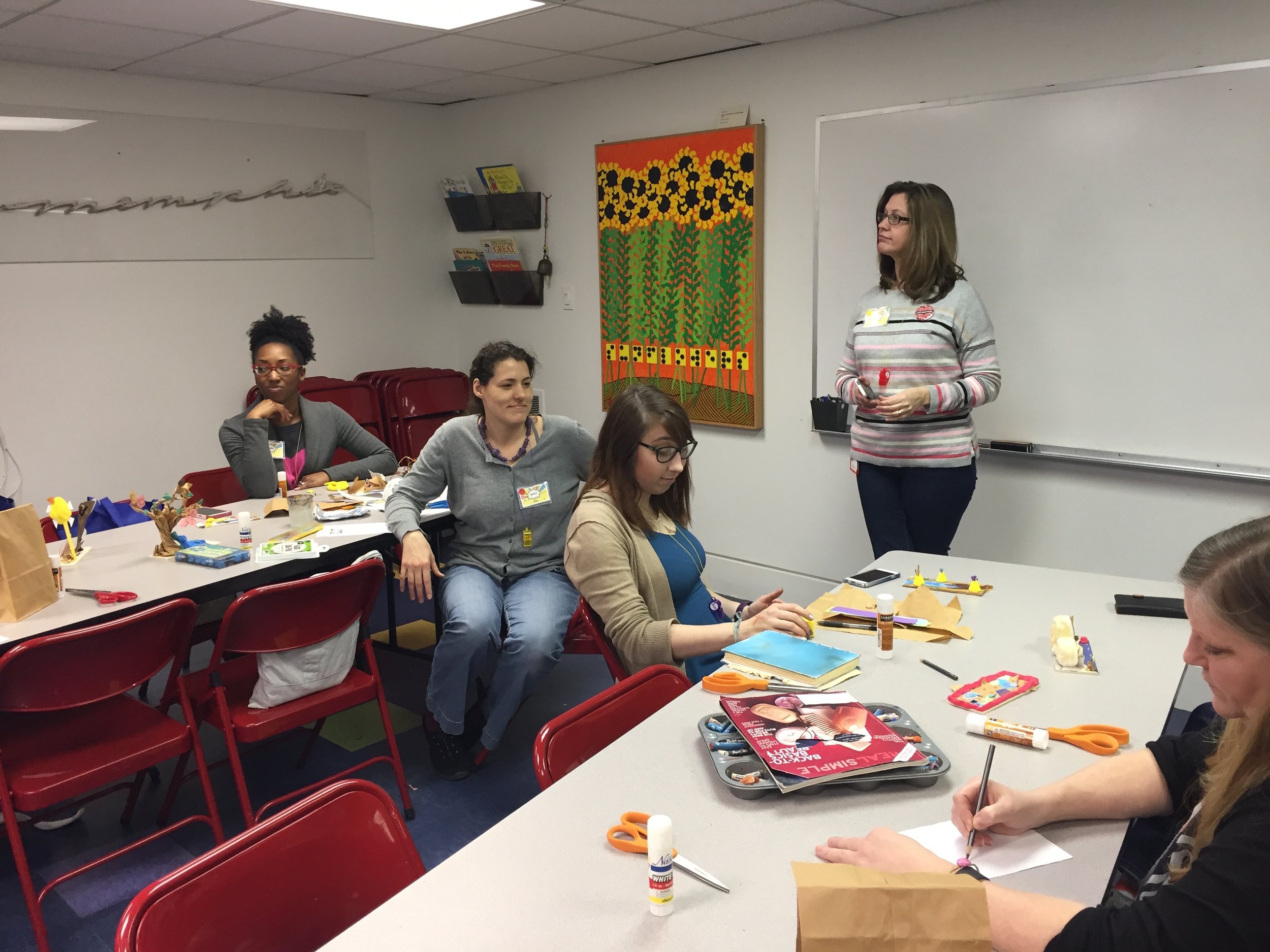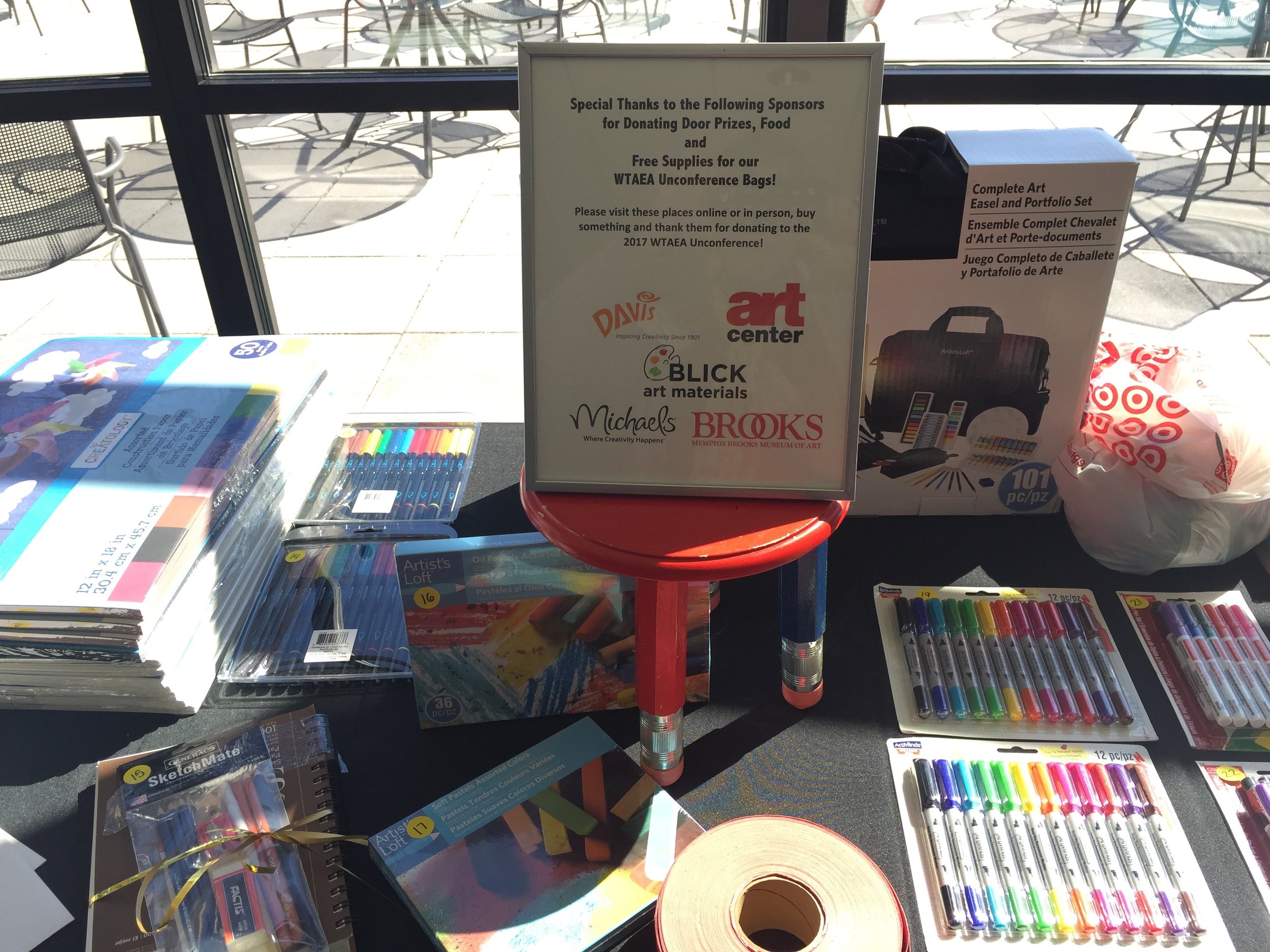By Janis Nunnally, TAEA President
Traveling is a passion of mine. I have just come back from a trip to England and Ireland. Last year I traveled to Munich and Bavaria, Germany and Salzburg and Vienna, Austria. I had another trip to Barcelona and Madrid on fall break. I have been motivated to travel to see my daughter who lives in Garmisch, Germany. For conferences, I have traveled around the United States. These trips have taken me, for example, to New York City, Chicago, Seattle, San Diego, Santa Fe, Washington DC, Minneapolis, Atlanta, and New Orleans. I have discovered that traveling has benefitted me professionally, as well as personally.
Traveling gives art teachers an amazing new perspective on art, art history, and expands their world. When I come back, I am ready to share my experiences with my students, who are so excited to hear of my travels. They also start to realize that there is much more to the world than their small community. They want to see my photos and know what it was like to be in another city or another country.
Each year the trip fills up, I take 7-8th graders to Washington DC. Just getting to travel to their nation’s capital is almost overwhelming to the students. They are seeing places they have learned about in school in person!! Of course, we talk about architecture as an art form and encourage them to visit the National Gallery of Art along with the other Smithsonian Museums in our time allotted. The student’s come back to our small town with a sense of accomplishment. They have seen things in person that they studied about. The students are excited to talk about the trip to the other students. They feel a bit more interested in their country and the world outside of their little town.
Travel experiences open teachers and students to new possibilities, new ideas, and a foundation to try new things. I find it is an essential aspect to my approach to art education.
